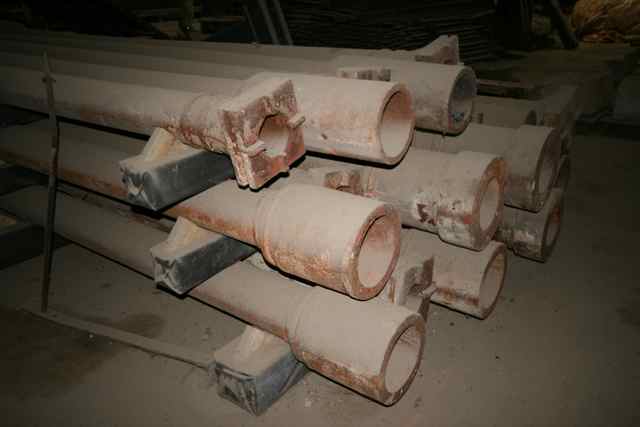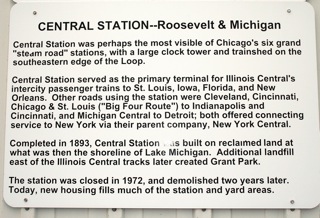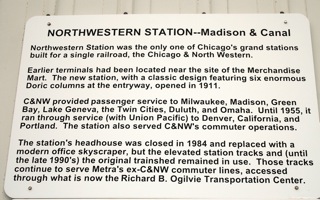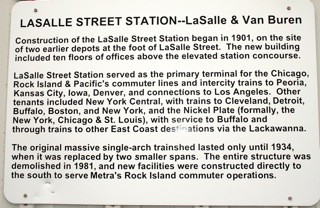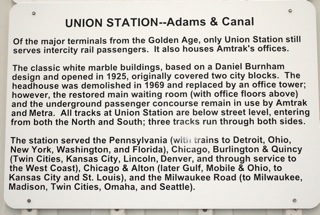Theodore is a speaker and researcher
working at the Newberry Library. He has authored four books on
passenger rail cars, two of which are.
Pioneer was the first
Pullman car built from scratch. Others had been converted rail
cars built for other purposes. It cost $20,000, which was opulent
for the time. Perhaps a myth was that it was built a foot wider
than others. It was Lincoln's funeral car. Rumor says that
bridges and station platforms on the Lincoln funeral train had to be
modified to accommodate the train.
On early rail cars was the "clear story" on the top of cars for light.
1867 - Pullman began gobbling up the competition to get a monopoly,
which he accomplished.
Three era's of Pullman Cars:
Wood (1837 - 1910),
Steel (started in 1907) and
Streamline (starting in 1933).
The "Hotel Car" was invented by Pullman for opulent travelers. It
had a kitchen, tables and food service as well as seating and sleeping.
Prior to the Hotel Cars, there were stops for food. In the 1880s,
the Vestibule System came in and movement between cars was
possible.
----------------
10:00 The Pullman Car Works - The Factory also
by Theodore Shrady.
"A Brief Look at the Pullman Factory - 1881 - 1969.
The only buildings that are left of the Pullman Car Works are the
Clocktower, Erecting Hall, and two other halls.
1990 Hillary Clinton dedicated it as an Historic Site.
Pullman State Historic Site is rebuilding the site, an Illinois State
organization. The Clock Tower was destroyed by fired, and
only the shell has been rebuilt.
There were many photos taken of new Pullman cars in front of the "Four
Peaks"
of four erecting halls with transfer tables between the halls.
The Water Tower, originally taller than the current clock tower, was a
fire supression system for the factory. 500,000 gallons worth.
Offices and the glassworks occupied the area below the water
tank. Water for the factory and town was from Chicago.
There were 400 acres in the Factory and Town. 3,600 acres for the
whole plot, originally 12 miles from Chicago on calumet Lake where
boats of supplies docked and horses and wagons were dispatched from the
factory to collect the supplies from the boats and taken to the factory.

Factory power was from a central
Corliss steam engine (left).
Through underground trenches, power was transferred by a series of
shafts to the buildings. Vertical shafts continued into the
buildings and wheels and belts continued to each machine as power.
Smithsonian Institution - "As for the
inimitable Corliss, industrialist George Pullman bought it in 1880,
four years after the Exposition; had it shipped to Chicago in 35
boxcars; and used it to power his sleeping-car works. After 30 years of
grand service in the name of progress, it was sold as junk for $8 a
ton." More information on the Corliss steam engine, go to:
http://www.150.si.edu/chap4/engine.htm
Pullman also built freight cars.
He used an assembly line (Before Henry Ford) in which Pullman cars were
begun in one hall and moved by transfer table to another. This
was the reason he was able to build 100 cars in 10 days.
Housing in the town of Pullman was purely economic, you rented what you
could afford. One Scottsman lived in an 800 sq. ft. apt. all his
career, and the management wanted him to move to a larger accommodation
as he moved up the corporate ladder, but he never did move.
In the peak years of the 1930s, there were 12,000 employees in the
shops, more than the capacity of the town.
He also mentioned that the way to tell a Pullman from a Budd car was
that Budd had 7 ribs on the aluminum sidings, and Pullman had a minor
horizontal flute in the middle of the siding pieces.
The last car built, in 1981, by Pullman was # 32009 Superliner
for Amtrak. Rumor has it that it was built as #32005, but
someone along the line changed it to ....9 because the first Pullman
car was 9.

After each Speaker,
David Mangold, Symposium
Coordinator, brought
Matthew Melzer,
Executive Director of the
Depot Inn
& Suites and Silver Rails Resort to the front to present the
speaker with thank-you gifts. Matthew presented Depot Inn &
Suites luggage tags, shirts, and caps, and
Loco Vino - The Railroad Winery
bottled wine. Above, Dave looks on as Matt presents Loco Vino
wine and Depot Inn shirt and luggage tags to
Theodore Shrady.
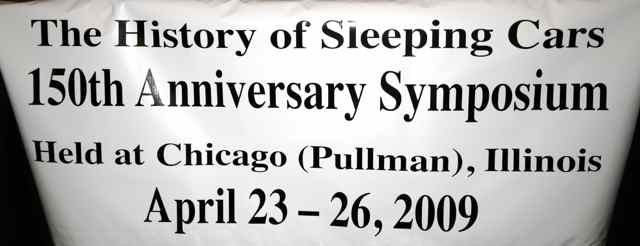












 Factory power was from a central Corliss steam engine (left).
Through underground trenches, power was transferred by a series of
shafts to the buildings. Vertical shafts continued into the
buildings and wheels and belts continued to each machine as power.
Factory power was from a central Corliss steam engine (left).
Through underground trenches, power was transferred by a series of
shafts to the buildings. Vertical shafts continued into the
buildings and wheels and belts continued to each machine as power.








